Itinerary
4:29 min. - On the north shore of the Saint Lawrence River, Innu went upriver to their territories by following the course of the large rivers. This is the Ekuanitshit (Mingan) and Natashquan Indian’s itinerary.
Transcription
Joseph Bellefleur - We followed the Natashquan River all the way to Nipi Shipu and there, we crossed the Aguanish River. Next, we crossed the Kuanissiu Shipu River, which led us to a place where there were 4 portages. From there we continued on to a place called Uematakan, where there were many rapids, so we set out on a very long portage. While following one of these portages, we reached a place called "the horse's behind", (Kapenakashkueu Metish). It was a mountain with a cliff whose shape recalled a horse's hindquarters. The name applies to the entire region, the mountain itself and a few surrounding lakes. When you look in one direction, of course you see the horse's hindquarters. But in the other direction, it's the head you see. Next, we arrived in the Menai Nipi region where we followed a winding river, also called Menai Nipi. The further up this river we went, the narrower it became. But it was still just as sinuous. It took us to Lake Menai Nipi, our traditional territory.
Narrator - Of course, all this travelling depended on the weather, today's or tomorrow's.
Basile Bellefleur - For example, if the wind came from the East in the evening and it was still from the East the next morning, we didn't move. That meant bad weather was coming. If the wind changed direction overnight to the West or the North that meant good weather was ahead.
Joseph Bernard - We left Mingan to go to Tsheshe-shastshit. I remember going there twice. The last time, I must have been 12 and I could already accomplish all the required tasks. For example, I went hunting alone or accompanied my grandfather to get supplies in Tsheshe-shastshit. We left to go inland around August 5, and headed up the river at its mouth around the 16th. There were 36 portages. Luckily, they weren't too long. Two at most were longer, six miles long. It took us four trips on foot to transport all our gear. We preferred not to carry too heavy a load each time. My grandfather filled his canoe so we would have everything we needed to stay in the bush till the following June.
Music - Rodrigue Fontaine, Bill St-Onge, Luc Bacon
- kapatauat
- they’re portaging
- kassekau
- fall
- matapeshtau
- he finishes portaging
- minishtiku
- island
- nakatshun
- at the foot of the rapids
- natai-kukushu
- going upriver using a pole
- nishtamitikutsheu
- he rows in front
- pakauat
- they disembark from the canoe
- piutamu
- he descends the rapids in a canoe
- takuaitsheu
- she directs the canoe
- uashtessiu
- the trees are changing colour
- uauakashkuaimuat
- they row along a winding waterway
- uishitshiminana
- lingonberries
- uiushuat
- they carry baggage on their backs
- ushkuepakau
- birch forest





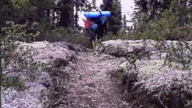
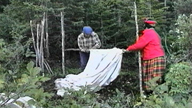
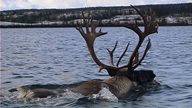
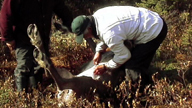
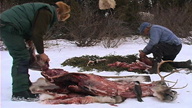
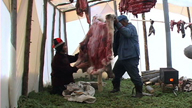
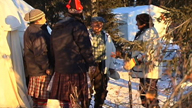
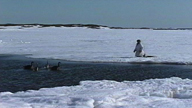
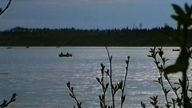
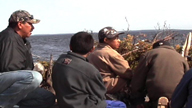
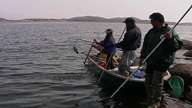
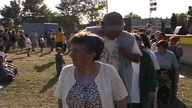
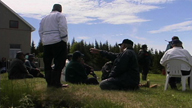
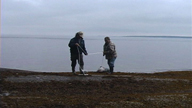
Be the first to comment!